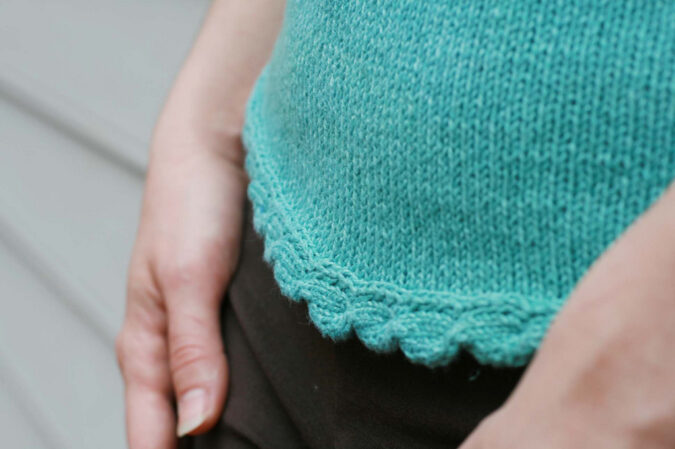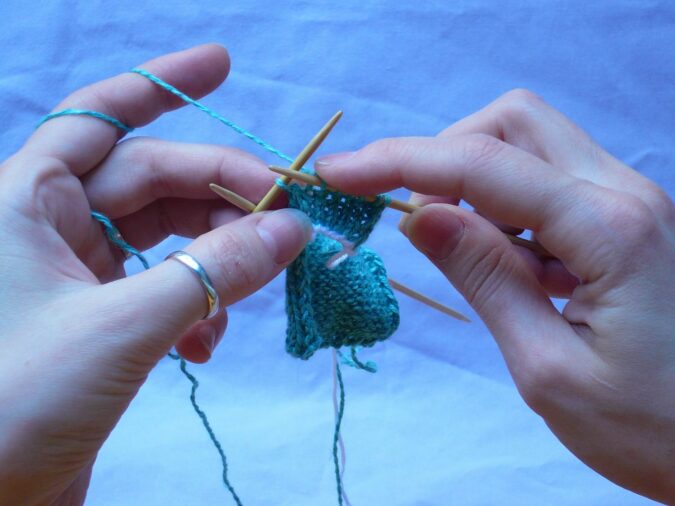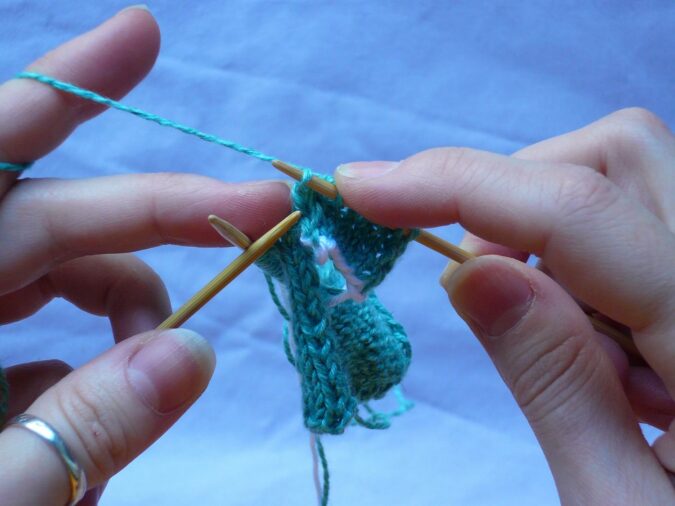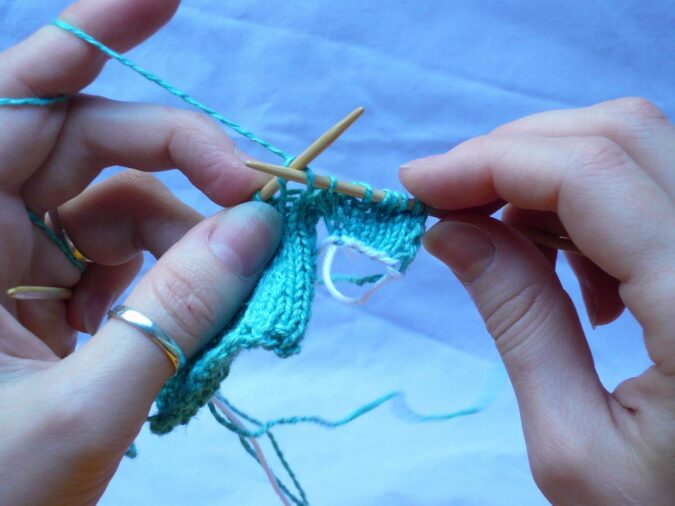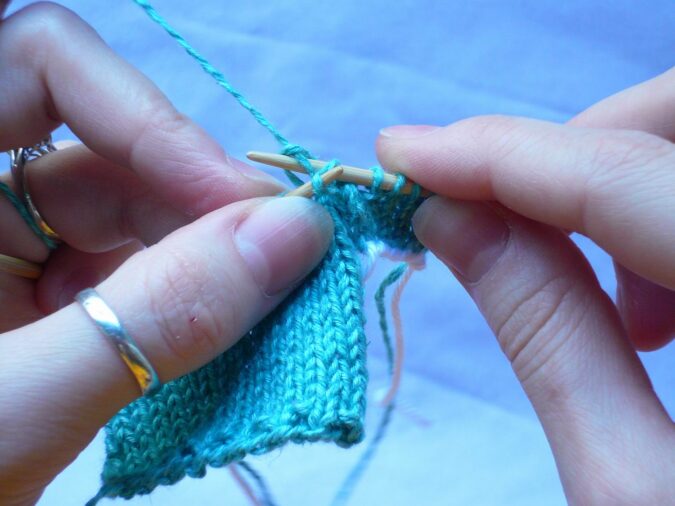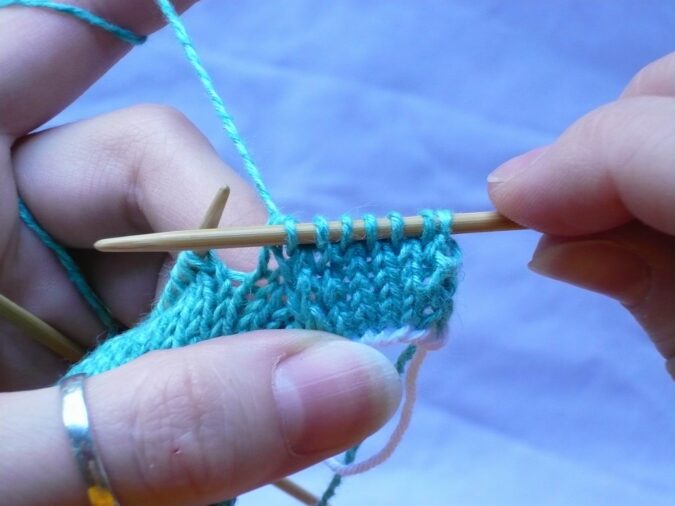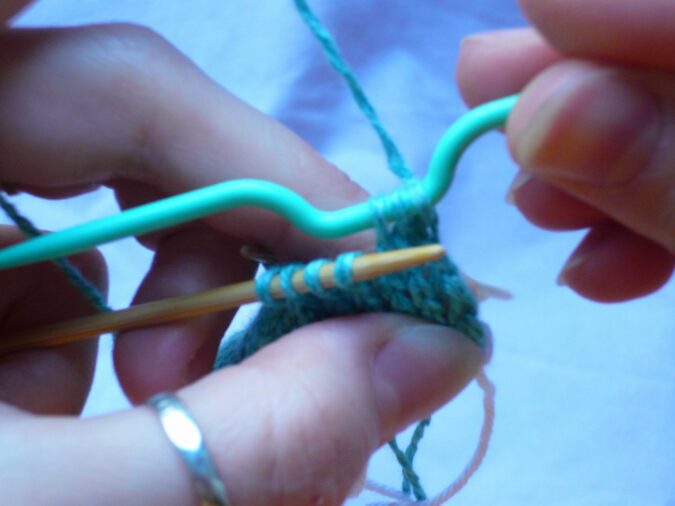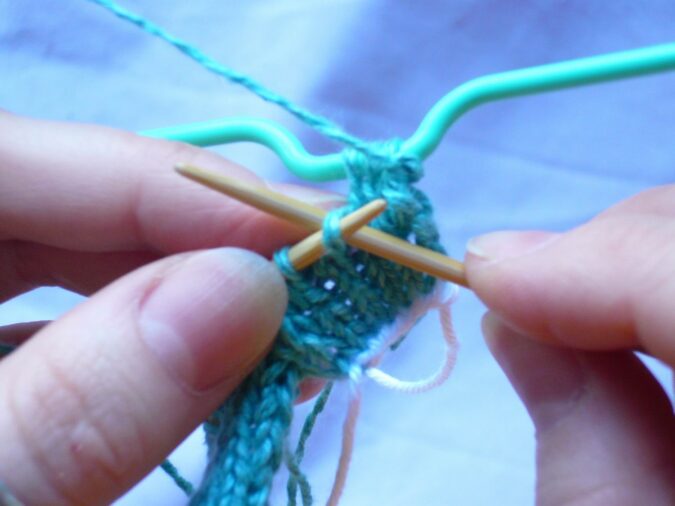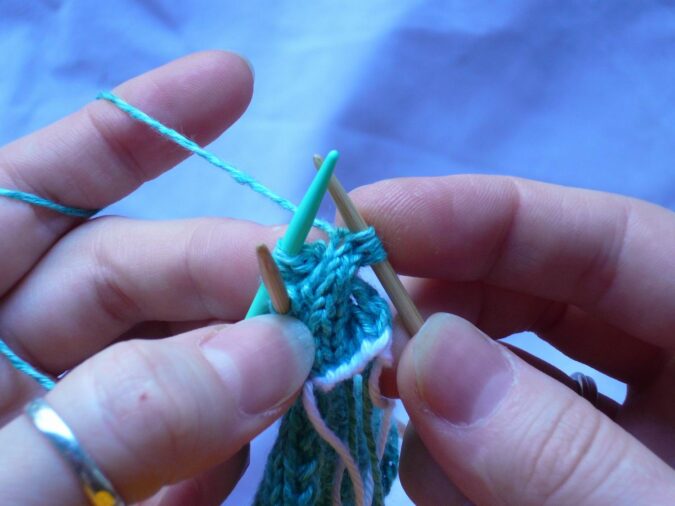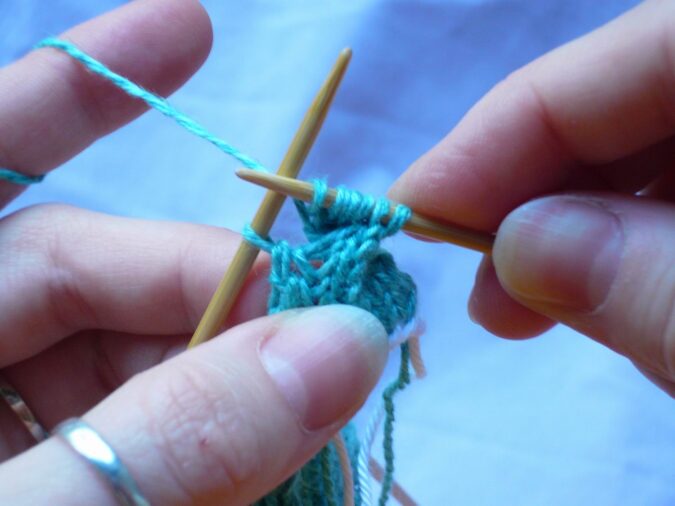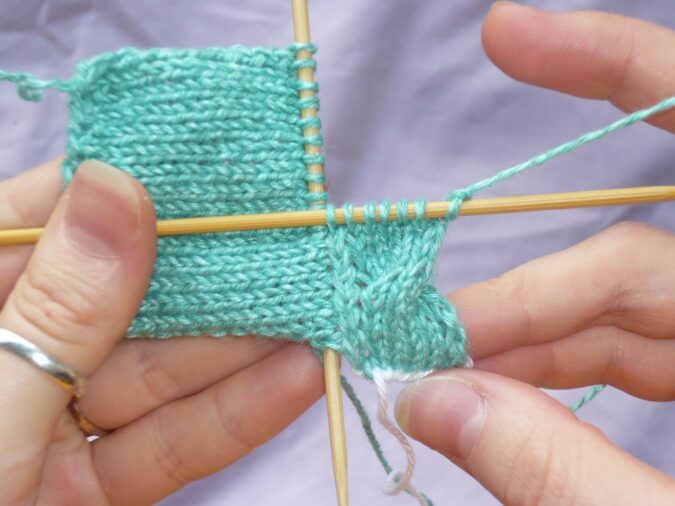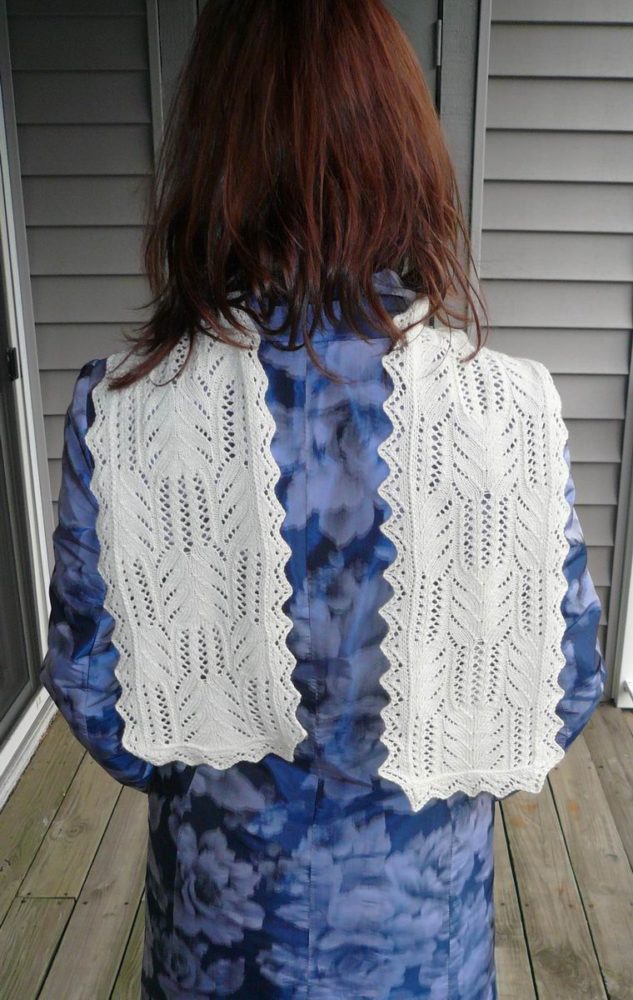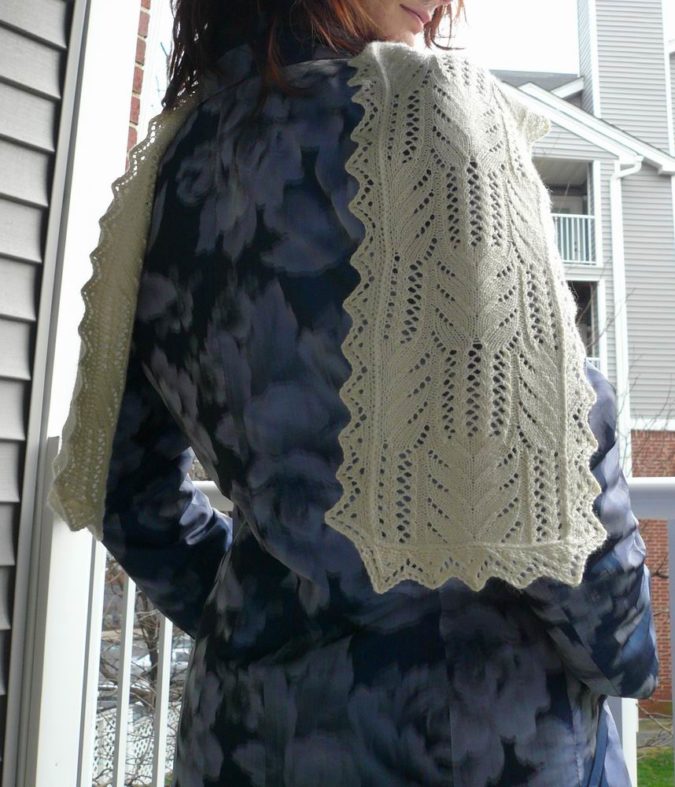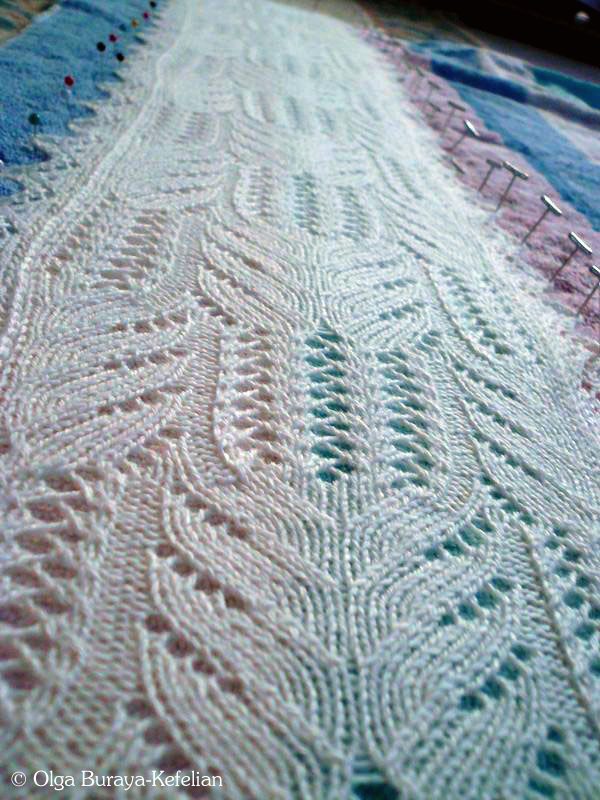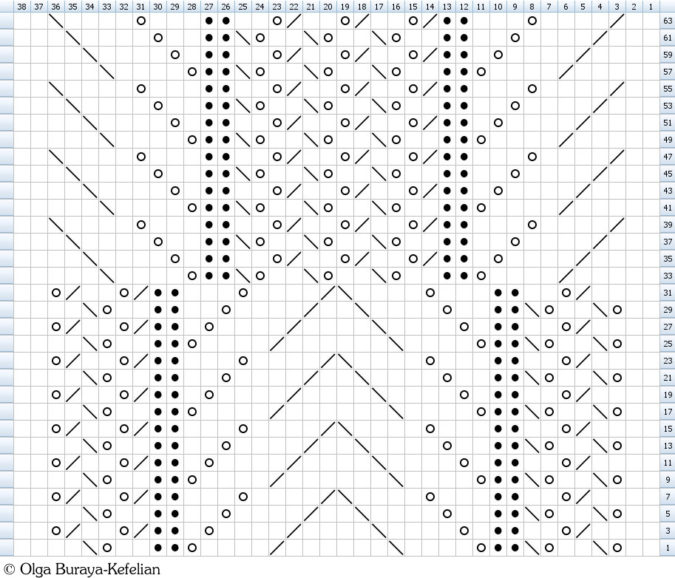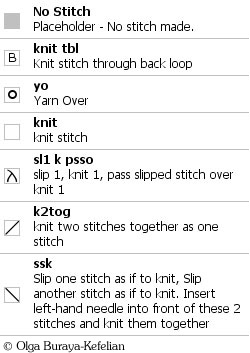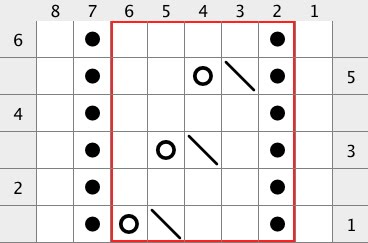It has been months since I showed off my Habu explorations, as it seems to be the only projects/yarn/concept I am being drawn to in between my deadline projects..
I am… I have accumulated 3 finished Habu garments.. shame on me, heee.. well. I just didn’t have time.. I wrote a huge post… clumsy me, hit something on the keyboard and it was gone.. sometimes this happens, but at that moment I was almost done, so pulling my hair out or just yelling some words to my non-russian speaking cat.. didn’t fix it.
So here that goes..



I didn’t have any help on taking a decent photo, so self-timer on the edge of my balcony was the best friend for time being..
Here is a triptych, click on either to zoom




Gradation Tsumugi Skirt : kit-102: A-1, 5 or 6 colors triple stranded and wound in 10 variations in mini skeins (come ready to knit in a kit): charcoal: US 7 (4.5mm) needle: 30″ of 1/2″ black elastic.
This skirt became a success because I had a great buddy in face of Julianne (Ravelry link), who was making this skirt at the same time (she is actually making also a habu mohaired skirt as well!), so we got connected and figured it out together, we had to email Takako once. As usual she was very helpful and it was all cleared out. Printed english pattern had some typos, but it felt good about putting some idle brain cells to work. J apanese patterns are all about math afterall. I will be posting some tutorial-like on the corrections and modifications I did to this design on Habu KAL shortly.
I have eliminated seaming, by doing provisional cast on and grafting it to the end of the fabric after and did a casing with elastic instead of drawstring, just by knitting extra fabric and turning it into a hem.
And eliminated doing 2 parts of the yoke, by just picking up and knitting garter stitch in a round, but still doing the decreases along the sides indicated by strategically placed markers. The least favorite part- it took about 2 hours and tons of patience just to weave in those zillion of ends, but in the end I saw how it improved the sturdiness of the bottom edge.
The skirt before blocking looked like an elongate mini.. and original is shown in your mid-calf, I am not a model height, so just below the knee was the right length and I wasn’t blocking it to the original measurements. But, seriously, if you are taller and need longer skirt, it will block out , plus it is silk and in a skirt gravitation power would still pull it down.
The next was a secret gift.. which I can reveal today, Happy Birthday, Vanessa! It is my Birthday gift for her!
It is linen paper A-60 from Habu again, in two colors used for A Chinese Style Pullover aka kit-89. I have used the pattern from my book and US 9 needle, though next time I make it I may try it on recommended US 10 (6mm).
I love how airy and noisy this project was and is as a garment. Kirsten of assemblage fame pointed it out, this is a musical garment at some point.. so who needs a fireplace with crackling firelogs? Just get one of those and you kill two birds at the same time!
I hope V enjoys wearing it! It is perfect for steamy summers, as you get style and breeze constantly!

more news and projects coming soon, they are all ready for blogging, just need to acquire some decent pictures


